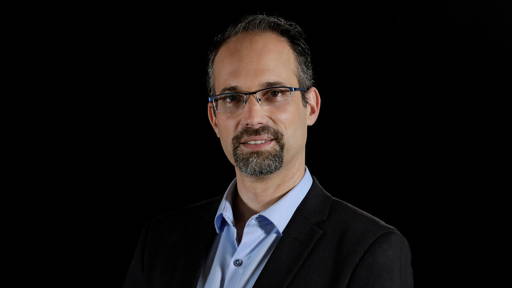Doctors and managers know very well that there are limits to optimizing patient waiting times. Even if a sophisticated IT system for making appointments (timeslots, reminders, etc.) has been implemented, unexpected things can still happen: emergencies, increased service time for a patient with a complex condition, a doctor stuck in traffic, extra time for a consultation with another specialist, or lengthy examinations.
Delays of a few minutes can cumulate into tens of minutes, and as the day progresses, the delay in appointments grows like a snowball till the entire schedule gets out of control. The good news is that the available scientific literature does not show a strong correlation between waiting times and overall patient care experience.
 Key variables in the patient's overall wait time experience. Source: The psychology of the wait time experience – what clinics can do to manage the waiting experience for patients: a longitudinal, qualitative study.[/caption]
Key variables in the patient's overall wait time experience. Source: The psychology of the wait time experience – what clinics can do to manage the waiting experience for patients: a longitudinal, qualitative study.[/caption]
If the value of the visit is high and the cost of waiting is low, patients are willing to tolerate even long delaysPatients' "readiness to wait" is a combination of actual wait time, individual factors such as the perceived value of the visit and the cost of a long wait, as well as factors related to the clinic and provider. For example, severely ill patients wait hours to speak to the doctor because health and life are at stake. On the other hand, people with a slight cold, who only need a medical discharge, or those coming in for preventive examinations, do not have such patience anymore. It all depends on the individual value of the visit to the patient. When some say, "I won't stress too much about waiting because health is more important," others explode with anger and feel mistreated or ignored. This phenomenon has been analyzed in many scientific publications, for example, 'The psychology of the wait time experience – what clinics can do to manage the waiting experience for patients: a longitudinal, qualitative study" (BMC). Researchers have identified several factors that have the strongest impact on improving the patient experience in the waiting room. Among them are:
- introducing components that minimize perceived waiting time (diversion);
- proactively informing patients about delays;
- apologizing for delays;
- moving a position in the queue or offering to come in at a later hour (an option limited to some facilities only).
It starts with well-orchestrated workflows
Unforeseen emergencies happen in every healthcare facility. But if the system for scheduling appointments is well designed, their impact can be reduced. A basis is an e-registration software that provides tools for communicating with the patient, such as e-mail or SMS, reminders about an upcoming appointment, or the option to cancel or reschedule an appointment quickly. Some facilities use an advanced queue option - patients who couldn't get an appointment beforehand are automatically notified when a last-minute slot becomes available. Patients must be able to contact the registration as easily as possible – if they have to hold the line, they will simply give up letting the staff know they won't be coming. If the seamless scheduling of appointments has already been taken care of, the psychological aspects should be addressed. Most studies indicate that patients expect to wait. But this readiness applies only to a certain time. While waiting, patients compare the actual length of the wait with their expectations and potential benefits. When the threshold defined by the benefit-to-cost ratio is crossed - very often determined by external factors like the need to return to work or pick up a child from kindergarten - frustration will grow with each passing minute.Constructive use of time
One of the pioneers in applying the psychology of waiting time are Disney theme parks. Even if there is a long line, guests are flooded with visual announcements of attractions and entertaining content. Although visiting a doctor has nothing to do with fun, the mechanism is the same: eliminate idleness. Patients can be given initial health questionnaires to fill out, in which they identify symptoms and describe their problems or concerns. Such information can be sent to the electronic patient record (EPR) so that the doctor does not have to ask a standard set of questions but goes straight to an in-depth interview, while the patient has the peace of mind to write down all the complaints and concerns. Among more classic tools are information displayed on screens about preventive care or other services provided, or even a stack of leaflets and magazines. Many patients come with their own laptops, smartphones and tablets – having access to outlets and WIFI can be a significant benefit for them. Such small amenities should be prepared following feedback provided in regular patient satisfaction surveys. [caption id="attachment_28542" align="aligncenter" width="640"] Key variables in the patient's overall wait time experience. Source: The psychology of the wait time experience – what clinics can do to manage the waiting experience for patients: a longitudinal, qualitative study.[/caption]
Key variables in the patient's overall wait time experience. Source: The psychology of the wait time experience – what clinics can do to manage the waiting experience for patients: a longitudinal, qualitative study.[/caption]






